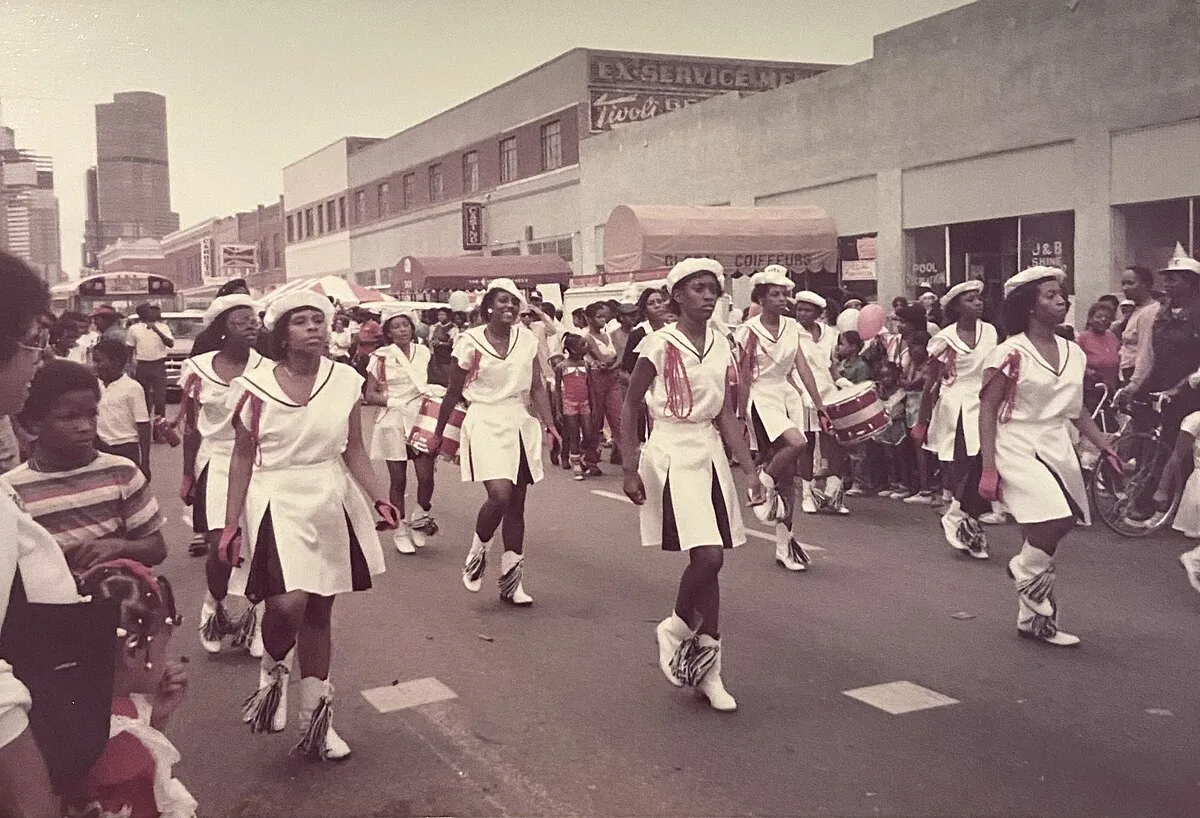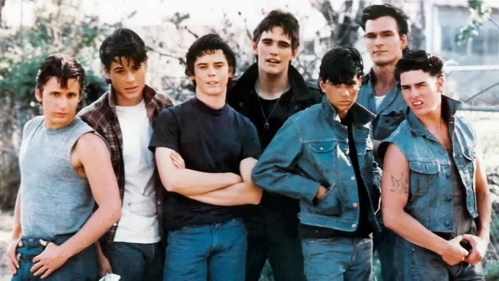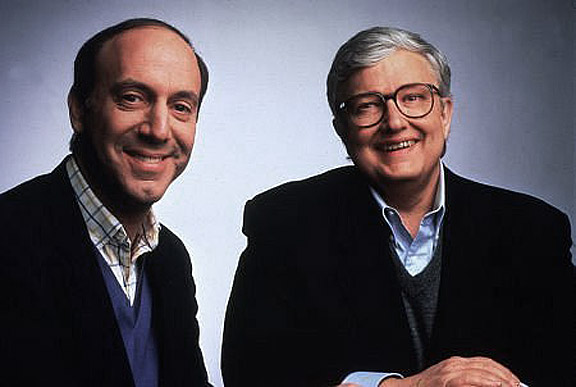As a native Texan, Juneteenth was in my DNA, and that of every Black American in the state, especially children, long before that date grabbed national headlines.
Too young to embrace its historic meaning, we gleefully participated in festive events and fanfare at schools, parks and churches throughout Houston. And the spread of food—fried chicken, potato salad, barbecue—was undeniable and enticing, not to mention the essential and symbol-of-the-struggle red soda water.
Segregation and Jim Crow reigned when I was growing up in the late 1950s and early 1960s. I was bussed past white communities to my all-Black high school, Phillis Wheatley. I drank from “colored” water fountains in public spaces, experienced “colored” bathrooms at service stations, sat in second-floor balcony seats for Blacks only at the white movie theaters.
I regret, though, that the painful origin story of Juneteenth was lost in the flurry of those festivities. Our teachers did not articulate to their elementary school students the convoluted details of that period.
How did it really happen?
What has been reported, leading up to June 19 being decreed a federal holiday in 2021, was that U.S. Army Gen. Gordon Granger rode into Galveston Island accompanied by 1,800 troops to “inform” the 250,000 enslaved people that they were free.
That’s the way the story goes, even today.
However, a sound bite never captures the entire saga.
It is accurate that Granger arrived in Galveston on June 19, 1865, 2.5 years after President Lincoln signed the Emancipation Proclamation and two months after the Confederates surrendered after the battle at Appomattox. The news of the General Order No. 3, to end slavery, spread across the state.
What is inaccurate is the implication that those enslaved people, both African and biracial, were unaware of their impending freedom.
News traveled fast, even during those times. The enslaved people stayed informed, even before Granger arrived, according to historian and journalist W.E.B. Du Bois. They knew of the Civil War, the subsequent proclamation and that freedom was near. There are narratives and interviews with former slaves to support this.
Other historians, after Du Bois, have corrected that erroneous implication. Henry Louis “Skip” Gates, professor at Harvard University, mentioned in a note that Booker T. Washington labeled the mode of communication by enslaved people as the “grape-vine telegraph,” further debunking the notion that Black people were unaware.
Annette Gordon-Reed, Harvard professor, author of On Juneteenth and a native Texan, wrote that Galveston was the largest city in Texas at the time and a major port for shipping its cotton to the rest of the world. “Port cities are perfect vehicles for transmission of information to people of all degrees of literacy.”
I followed Richard Prince’s Journal-isms column from 2024 titled “Owners—Not the Enslaved—Needed a Wake-up Call.” Prince, a former Washington Post reporter, covers diversity issues in news media.
Prince interviewed Gregory P. Downs, history professor at University of California at Davis who had written a report in 2015 about the myth of Juneteenth’s origin. Among Downs’ specialties are the transformative impact of the Civil War and end of slavery on society.
Wrote Downs: “The internecine conflict and the institution of slavery could not and did not end neatly at Appomattox or on Galveston Island. Ending slavery was not simply a matter of issuing pronouncements. It was a matter of forcing rebels to obey the law.”
Granger was sent to Galveston to quell the revolt by white planters who wanted to continue slavery. White enslavers from other states such as Arkansas, Louisiana and Tennessee had already marched their human cargo into Texas to flee the new law.
Texas was the last frontier, the last holdout. The white planters didn’t want to “give up on slavery.” Besides, they had crops that had to be tended to. It was their livelihood.
Eventually, 50,000 more U. S. soldiers were sent into Texas and posted around the state to enforce the freedom of Black people. The Freedmen’s Bureau, a federal agency, was established that same year to provide the formerly enslaved people in the South with services such as food, shelter, medical care, legal advice and education during the period of Reconstruction.
Freedom wasn’t easy. It took the Union Army a year (and a reported 40 outposts) to fulfill its mission of dismantling the white planters’ institutions in Texas. But Black people suffered even more in those few years. White Texans resented having to free anybody. The brutality ramped up. Many now-free Blacks were murdered, made examples of. Walking away could mean death.
But the resilience of a people is there, in every page and footnote.
In retrospect, how could our Black teachers or parents share that story with their young? Even a small part of it? A story of freedom not found in textbooks back then? It is shocking and upsetting. It could frighten young Black children.
Let them grow up first.
Better to let them celebrate that day and make it theirs.
And then they will learn.












